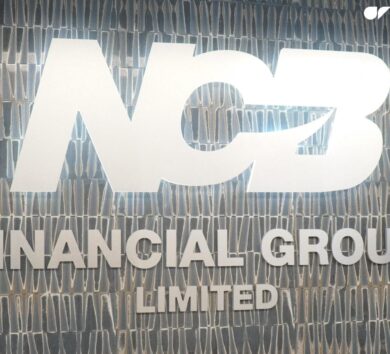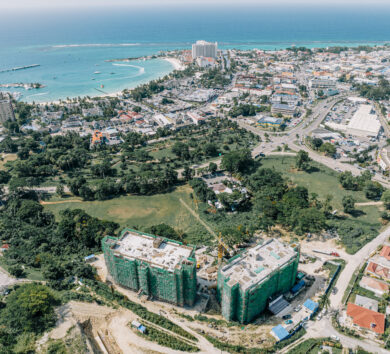
High expectations of a successful IPO

JFP Limited formerly Jamaica Fibreglass Products Limited has announced the opening of its J$280-million initial public offer (IPO) of shares next Monday (February 21).
The offer is scheduled to close one week later on February 28, 2020. Two hundred and eighty million shares are on offer, priced at J$1 per shares with GK Capital Management Limited, acting as the lead broker and NCB Capital Markets as the selling agent.
Of the 280 million shares, 140 million will be newly issued shares and a similar amount being sold by existing shareholders. Just over 111 million shares have been reserved for employees, key strategic partners and GK Investments while the balance of 168.4 million shares will go to the general public.
It is the intention of the JFP with registered office at 155 Spanish Town Road, Kingston 11 to apply to the Jamaica Stock Exchange for admission of the shares to the Junior Market. The application is dependent on the ability of JFP, which is a contract furniture manufacturer for its commercial and government to raise at least J$100 million and meet the criteria for admission.
IPO TO BRING ECONOMIES OF SCALE
The company believes that listing on the Junior Market will raise its profile while allowing it to raise funds in order to augment its productive capacity and product offerings. This will allow JFP Limited to benefit from a lower cost of capital and higher economies of scale, thus assisting it in becoming even more competitive.
In his forward in the prospectus, which was publicly released today, CEO Metry Seaga is anticipating a successful IPO, which he argued, “will also allow the company to realise its strategic objective of the continuation of the expansion of its export business, which may eventually involve the company operating additional work shifts”.
He also noted that listing will enable it to take advantage of a special concessionary tax regime for Junior Market companies provided that the company remains listed for 15 years.
In its first five years on the Junior Market, JFP Limited will not be liable to pay any corporate income tax. In years five to 10 on the Junior Market, the company will only be liable to pay corporate income tax at half the usual rate.
Furthermore, dividends paid by the company to its shareholders will not be subject to tax, and shareholders will not be liable to pay transfer tax on the shares either.
USE OF PROCEEDS
It is the company’s intention to use the proceeds to increase its working capital reserves to enable it to mobilise efficiently and take advantage of more opportunities for revenue and profit growth. The company also intends to use part of the proceeds of the fundraising to pay the expenses of the IPO which, it estimates will not exceed J$25 million.
This is inclusive of financial advisory fees, brokerage fees, legal fees, auditor’s fees, statutory fees (including Registrar’s fees), initial listing fees and General Consumption Tax.
DIVIDEND POLICY
If the company is admitted to the Junior Market, the directors intend to pursue a liberal dividend policy that projects an annual dividend of between 40 per cent and 80 per cent of net profits available for distribution, subject to the need for reinvestment in the company from time to time.
JFP earned profits before taxation of J$83 million in the year ended December 2020; an improvement of 20.4 per cent compared to the J$69 million it earned in the prior financial year. The increased profitability for 2020, despite the decrease in revenues, is the culmination of management’s strategic plan to improve its expense budgeting and management.
This strategic plan was successfully implemented by the company during the COVID-19 pandemic which allowed it to remain profitable despite the pandemic which adversely impacted several companies within the manufacturing sector.







Comments